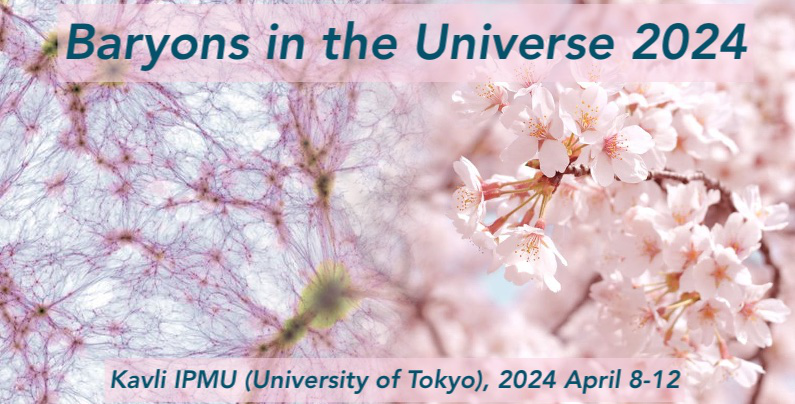Speaker
Description
While dark matter interacts solely through gravity and is responsible for shaping the cosmic web, baryonic matter exhibits more complicated behavior and modify the structure up to megaparsec scale. Among the physics baryon gets involved, the feedback from active galactic nuclei (AGN) is essential as the observation requires its energy input to regulate the star formation, but at the same time how the AGN exert on the environment remains unclear. Our presentation will detail recent progress from The Three Hundred project's zoom-in simulations to illuminate AGN feedback mechanisms and their potency. Motivated by our recent finding on the large-scale gas heating around a protocluster in COSMOS field called COSTCO-I, we extract the mass overdensity, stellar mass and Lyman-$\alpha$ transmission from The Three Hundred cluster at redshift $2.5$. Compared with observation, The simulation suites with a jet feedback model closely reflects COSTCO-I's observed features, indicating a important role of kinetic feedback in driving large-scale IGM heating. In The Three Hundred suites, the Lyman-$\alpha$ transmission values show a divergence of the distributions among the prescrptions. Such difference in Lyman-$\alpha$ forest among The Three Hundred suites suggests a strong dependence of Lyman-$\alpha$ opacity (i.e., the temperature of IGM gas) on the strength of feedback power, enabling the Lyman-$\alpha$ forest to be a reliable probe of AGN feedback. Future work, especially with an expanded protocluster sample from the PFS program, promises a comprehensive statistical analysis of the IGM in the vicinity of protoclusters. Such analysis will significantly enhance our comprehension of AGN feedback and its role in large-scale structure evolution.

